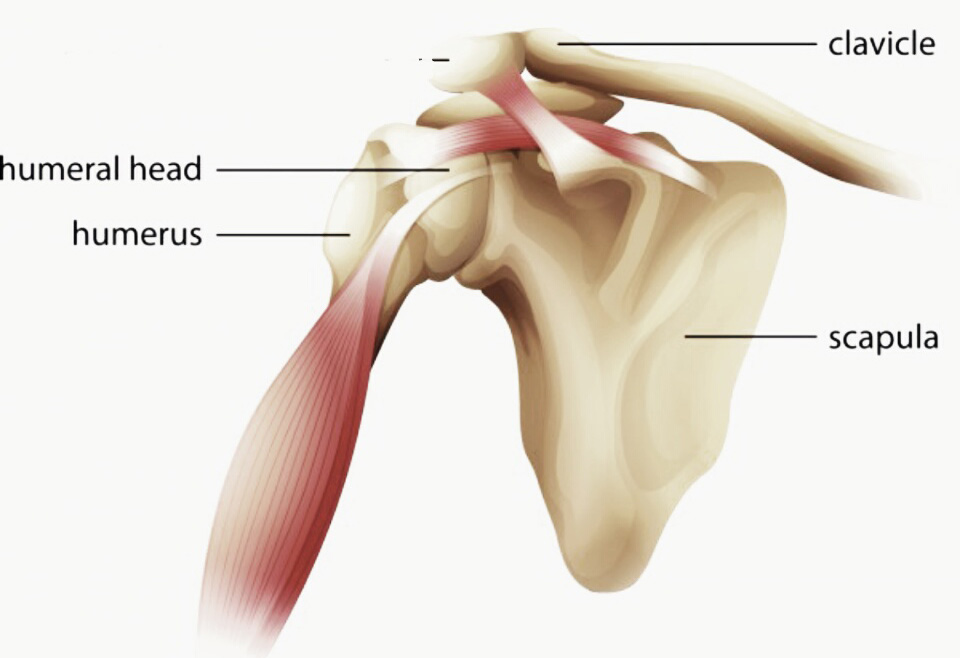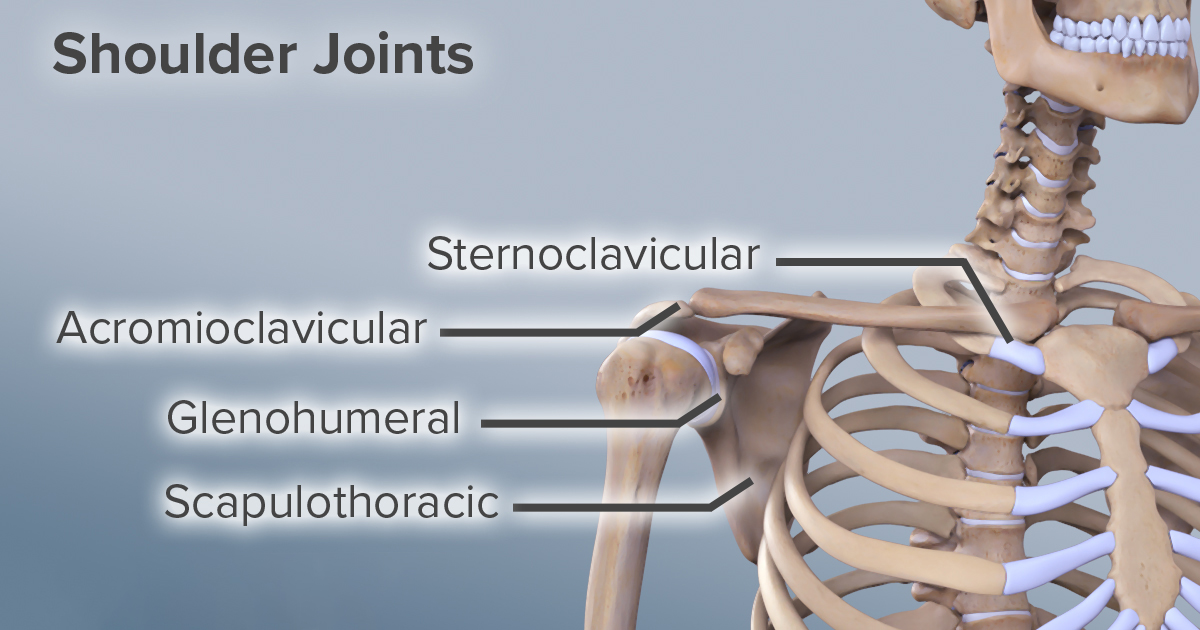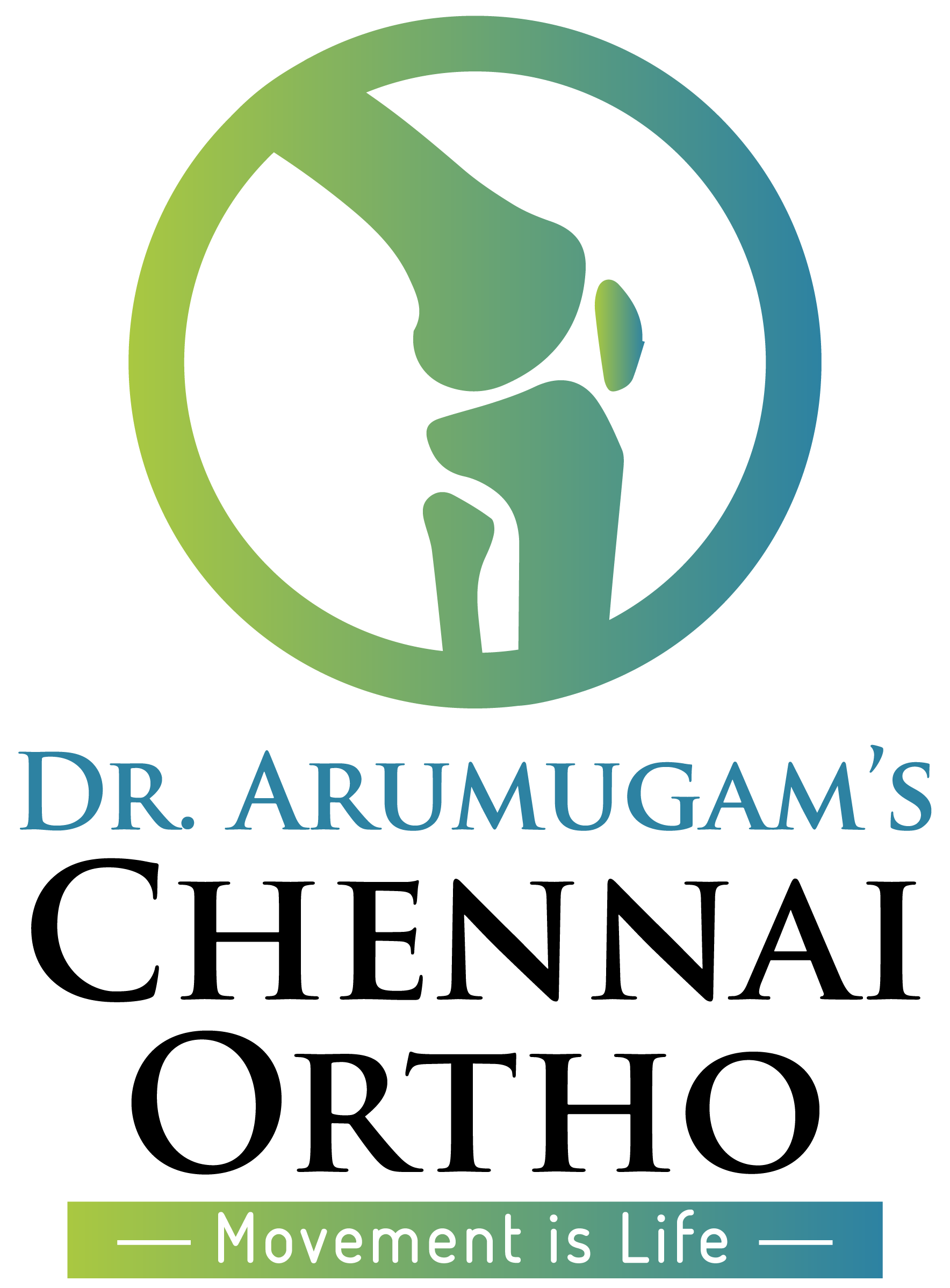
What is Shoulder Osteoarthritis?
Shoulder osteoarthritis can be detected through gradually commencing pain at certain parts of the joint and warmth in the shoulder area. The sporadic flare-ups of pain may indulge in the shoulder after any kind of activity which involves the physical movements and thereby also causing a disturbance in sleep.
Osteoarthritis in the shoulder is also referred to as Glenohumeral osteoarthritis, degenerative arthritis of the shoulder or just shoulder arthritis. It is progressive wear and tear or breakdown of the articular cartilage, other joints, and tissues that engender pain and stiffness. Cartilage is present in every joint in the body. It covers the surface of the bones in-between the joints. It is a living tissue about 2mm – 3mm thick and this makes the contact between bones softer. While this articular surface wears, the friction within the joint increases which leads to a gradual loss in the standard load-bearing surfaces triggering the pain and stiffness.
Structure of the Shoulder Joint or Shoulder Joint Anatomy
The anatomy of the shoulder aids in comprehending the shoulder arthritis.
There are three bones encompassing the shoulder:
- Humerus – The upper arm
- Scapula – The shoulder blade
- Clavicle – The collarbone


- Scapulothoracic Joint – It is where the scapula meets the ribs at the back of the chest
The shoulder is composed of four joints
- Glenohumeral Joint – It is a ball and socket articulation between the head of the humerus and the glenoid cavity of the scapula.
- Acromioclavicular Joint – It is where the clavicle meets the acromion of the scapula
- Sternoclavicular Joint – It is where the clavicle meets the chest bone (Sternum)
From the above four joints, The acromioclavicular joint is more receptive to osteoarthritis than the other joints.
Symptoms of Shoulder Osteoarthritis:
Shoulder osteoarthritis is common above the age of 50. It can be detected at a young age if you had an injury, a dislocated shoulder, or anything of that sort. This is termed as Posttraumatic arthritis. Furthermore, osteoarthritis can be hereditary as well. There are also other types of osteoarthritis that you must be aware of if you’ve terrible aches in your body
In the first instance, you may be acquainted with dull pain or stiffness or post-activity pain or disruption of sleep. The arthritic degeneration in the shoulder joint may commence months or years before the symptoms become evident.
The symptoms of shoulder osteoarthritis may differ from one individual to another.
Shoulder joint Pain
Pain and tenderness in the shoulder joint is the major intimation of shoulder arthritis which can occur in the front, side or usually back of the shoulder. This pain may restrict the extensiveness of mobility while performing certain activities. This pain can transpire at any time of the day but it may most predominantly eventuate during the night thereby causing an interruption in sleep. This pain can often radiate into the arm or in severe cases it can even radiate down to the elbow and wrist.
Shoulder Joint Stiffness
Stiffness in the shoulder joint is another major sign of progression in shoulder arthritis which limits the range of motion in the shoulder. This limitation in the motion may result in circumscribing the performance of certain activities like bathing or dressing-up or playing sports which give a high impact on the shoulders.
Crepitus(Cracking, Clicking or Grinding)
The popping sound heard in the course of rotating the shoulder is yet another symptom of shoulder arthritis which betide due to the uneven surface of the cartilage indicating that bones aren’t insulated from friction. Intermittently, the shoulder may lock up as the surfaces are no longer smooth on the level.
Muscle Atrophy
Muscle atrophy is caused by non-use of the shoulder or lack of physical activity. The pain experienced by a person having shoulder arthritis limits in doing movements and weakens to do any physical activity which may, in turn, lead to muscle atrophy.
Catching
Shoulder catches or shoulder arrests may fall on account of the fluid movement being unintentionally disrupted. This is usually associated with cracking or popping or crunching sound.
Swelling
The softening of tissues in the event of friction between the bones due to arthritis can irritate and cause swelling. Swelling in the shoulder is also referred to as shoulder bursitis.
Causes and Risk Factors of Shoulder Osteoarthritis
Shoulder arthritis most predominantly occurs due to an injury in the past or overuse. Comprehending the causes of shoulder arthritis, you can acquire a clear idea of its treatment which can aid in the betterment of the condition. It may not be caused due to one specific factor as over 90% of the people have one or more risk factors that have been estimated by experts.
Age
Shoulder arthritis typically affects people over the age of 50. It is estimated 1 in 3 people over the age of 60 have shoulder osteoarthritis to some degree. The prevalence of symptomatic osteoarthritis is increasing as the population ages. This occurs as a result of the wear and tear of the joints that can cause the cartilage to slender and loosen its flexibility.
Injury
Injuries or trauma such as fracture or dislocation (When the humeral head pops out of its socket) in the past can cause deterioration in the shoulder joint. These injuries do not act promptly but develop into shoulder osteoarthritis at a later stage which is after a couple of years.
Work
Stressful jobs like lifting heavy objects overhead or which involve high-impact activities can cause shoulder osteoarthritis. These activities cause mini traumas in the joints which can proliferate the risk of shoulder arthritis.
Autoimmune Arthritis
This occurs when the immune system attacks itself resulting in inflammation of the shoulder joint that can cause pain, stiffness, and mobility problems. The most prominent example is Rheumatoid arthritis and the others are septic arthritis, metabolic disorder or a history of gout. These increase the risk of developing shoulder osteoarthritis.
Obese
Obesity is defined as a BMI above 30. Obesity often leads to osteoarthritis as it implies more load and could possibly hasten the breakdown of cartilage on the weight-bearing joints. Though the shoulder is a non-weight-bearing joint, studies show that being overweight may also lead to shoulder arthritis.
Gender
Shoulder Osteoarthritis is more popularly found in women than in men.
Genetics
Family can play a role in developing shoulder osteoarthritis. There is no known pattern in the inheritance of shoulder arthritis although some families do have an increased prevalence. Genetics can influence shoulder osteoarthritis but to which level still remains unknown.
Idleness or Inactivity
An excessive period of inactivity like oversleeping or seated for long can stiffen the shoulder. This can also lead to shoulder osteoarthritis.
Congenital Anomaly
Congenital anomaly is a rare case of poor bone alignment or congenital skeletal abnormality where a person has one shoulder blade that sits higher on the back than the other. This, in turn, evolves into shoulder osteoarthritis.

